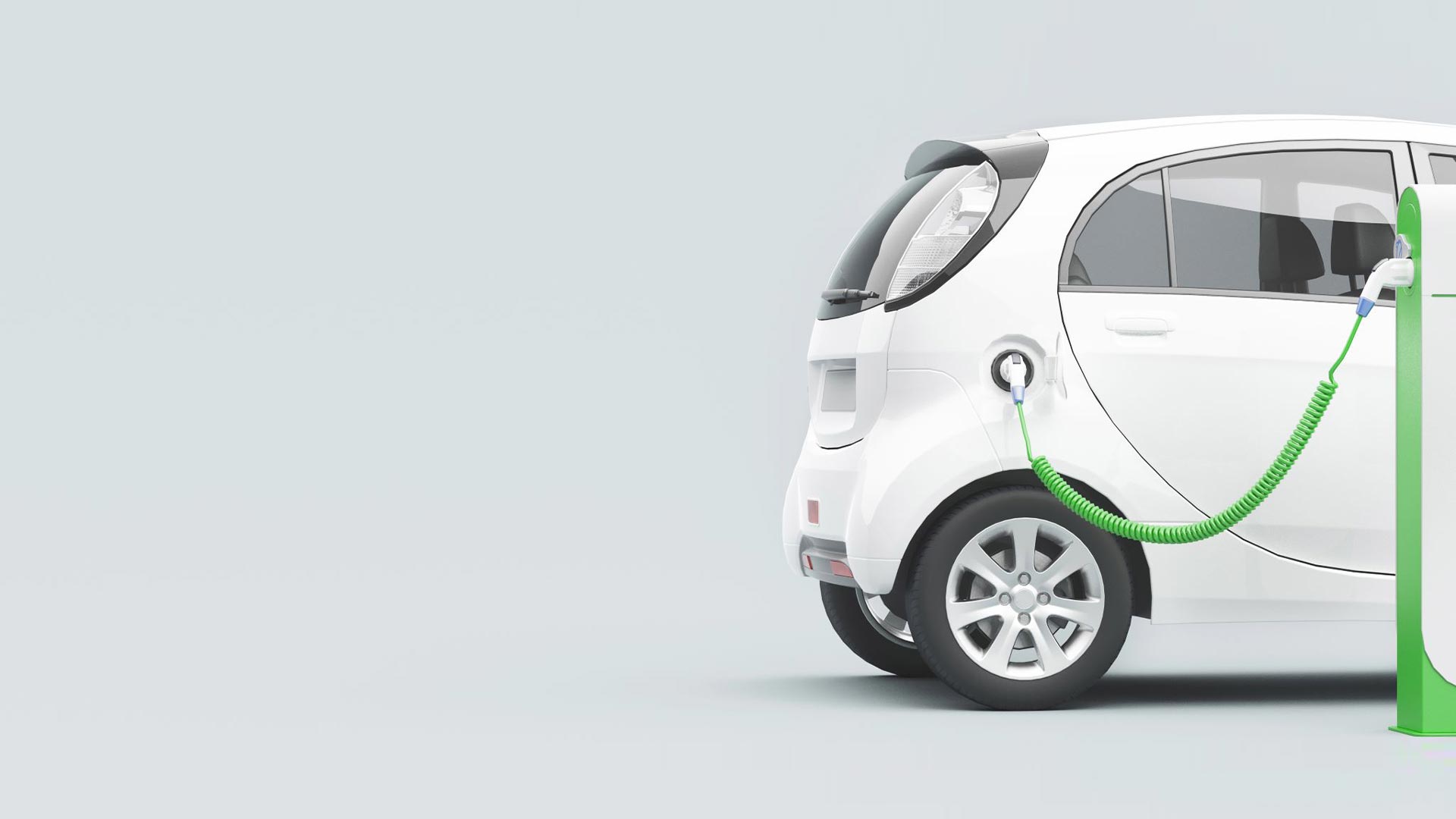Towards a Circular Value Chain of Cobalt – Study
Cobalt is an essential material for the global economy. The demand for cobalt is expected to grow significantly in the coming years. Implementing the principles of a circular economy can help to ensure this transition is sustainable and creates value for all stakeholders involved in the cobalt value chain.
The Cobalt Institute’s circular economy report provides a vision of a circular cobalt value chain capable of creating shared value for people and the planet. The report focuses on the key three areas in the cobalt value chain where most progress can be achieved to sustainably match supply with demand: cobalt extraction, use, and recycling.
Ten circular solutions that contribute to bringing each axis to life are presented according to their ability to create social and environmental benefits, as well as their feasibility and potential to offer tangible value for real world stakeholders.
Circular Economy Solutions

Regenerating Natural Systems via Zero Waste Cobalt Mining
- Smart and Electrified Cobalt mining
- CO2 sequestration via mine tailings
- Remining – recovery of metal via the remediation of mining waste sites
- Remediating mine sites with nature-based solutions

Maximising Resource Value by Extending the Life of Cobalt Products
- Life extenstion by design in NMC batteries
- Battery Repurposing
- Battery Remanufacturing

Designing out Waste and Pollution through Integrated Battery Design and Recycling
- Use of recycled cobalt in battery design
- Collection, sorting and recycling optimisation
- Battery as a service and other battery return schemes
The need to grow cobalt stocks within the global economy within the medium term means that stakeholders must expand their vision of circularity beyond simply recycling.
Key recommended actions:
1. Design and Implement new policies
- National mining codes and assaying requirements should be updated to promote best practices in mine waste valorisation
- Stronger policies are needed to enable safe and sustainable battery re-use
- Consumer protection regulations and product standards (such as the EU battery regulation) are important mechanisms to promote eco-design of durable and sustainable cobalt containing products
- International collaboration between cobalt production and cobalt consuming countries will be essential to ensure circularity at each stage in the value chain, in line within international biodiversity and climate goals
2. Eliminate waste at extraction and end-of-life
- Tackle feedstock complexity with improved ore and battery sorting
- Strive to recover all by-product materials at the mine and recycling plant
- Improved cobalt recovery from mine and battery waste should happen with respect for the rights of workers in both the formal and informal economy
- Improve collection schemes of e-waste to capture significant value
3. Maximise the value of cobalt use
- Design durable cobalt products to reduce environmental pressures
- Battery design should incorporate trade-offs between easy dismantling and battery performance
- Adapt to a rapidly evolving and growing market for battery repurposing
4. Explore new business models
- Tailings should no longer be considered as waste with a cost, but rather by-products capable of generating value
- Battery as a Service and other battery rental schemes can create shared value for OEMs and consumers, while also enabling repurposing and recycling
- As the increasing amounts of cobalt containing products reach their end-of-life in coming decades, cobalt refiners can drive circularity by transitioning from primary to secondary cobalt feedstocks
5. Use data to unlock circular opportunities
- Gather and share open-source data related to tailings composition and suitability for reprocessing or mineral carbonation
- There is a need for clear comparative metrics on the performance of different battery chemistries during their in-use phase
- Traceability across primary and secondary cobalt supply chains, along with information about battery health can promote circularity
